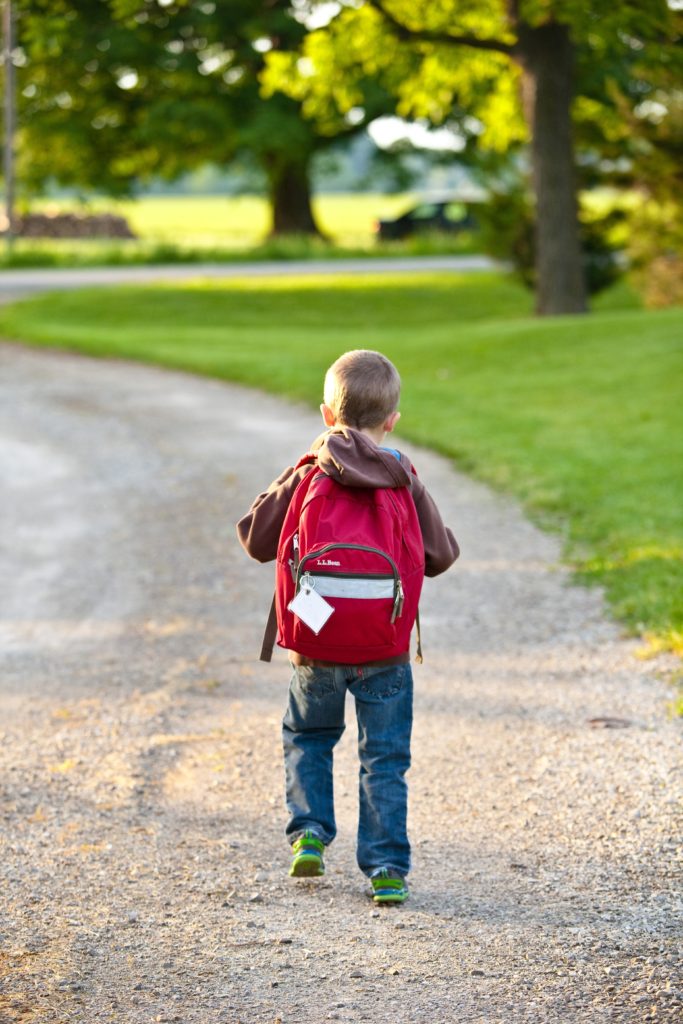
As part of the COVID-19 relief bill passed by the Senate and House and signed by President Biden, schools from kindergarten on up will receive approximately $130 billion in funding towards safely and effectively reopening.
The money comes as K-12 public school systems and higher education institutions grapple with how best to cope with the fallout of the pandemic on both their students and budgets.
At the same time, schools are trying to return to some semblance of normalcy as more widespread vaccination brings hope of emerging from the pandemic in the next several months.
Last month, The Centers for Disease Control and Prevention released guidelines about how to safely reopen schools — outlining the precautions that help mitigate the spread of COVID-19 as students go back to classrooms.
The CDC pointed to five major steps schools can take to safely reopen: universal masking, physical distancing, consistent handwashing and other respiratory etiquette (like covering your cough), cleaning school facilities, and COVID-19 testing and contact tracing.
The CDC highlighted masking and physical distancing as top priorities for in-person teaching. It also advised schools to take more of these steps, and implement them more aggressively, if COVID-19 is spreading rapidly in the community.
The CDC also pointed to several strategies, beyond the five major steps, that could help make schools safer. Schools could improve ventilation — even just by opening doors or windows. They could cancel extracurricular events, particularly those that are indoors. They could vaccinate teachers, with state governments possibly prioritizing teachers over other groups if deemed necessary to reopen schools more quickly.
The CDC cautioned that new scientific evidence or developments, including new variants of the coronavirus, could lead it to alter its recommendations.
A big barricade to all of this is money.
While cloth masks and opening a door are relatively cheap steps for schools to take, more aggressive interventions, like thorough testing and contact tracing or improving ventilation systems, can cost schools a lot of money — at a time when school districts as well as local and state governments may face budget cuts due to the weakened economy.
That’s why this new relief bill is so important. Funding can help ensure the safety of our students as we begin turning back to in-person learning.
Sources: MarketWatch, Vox
